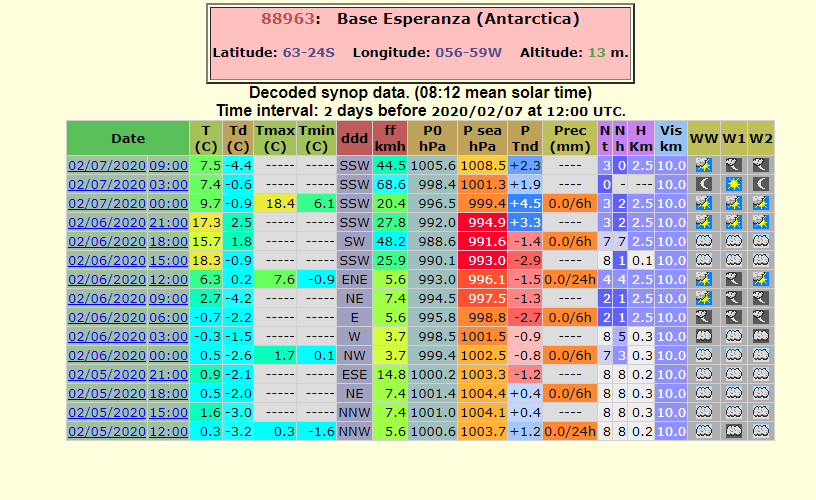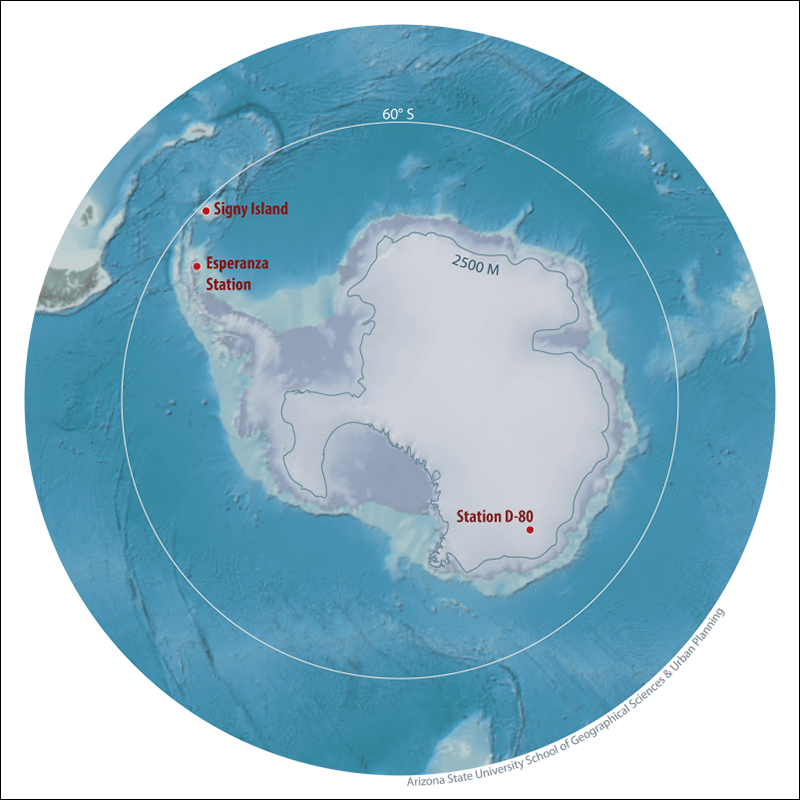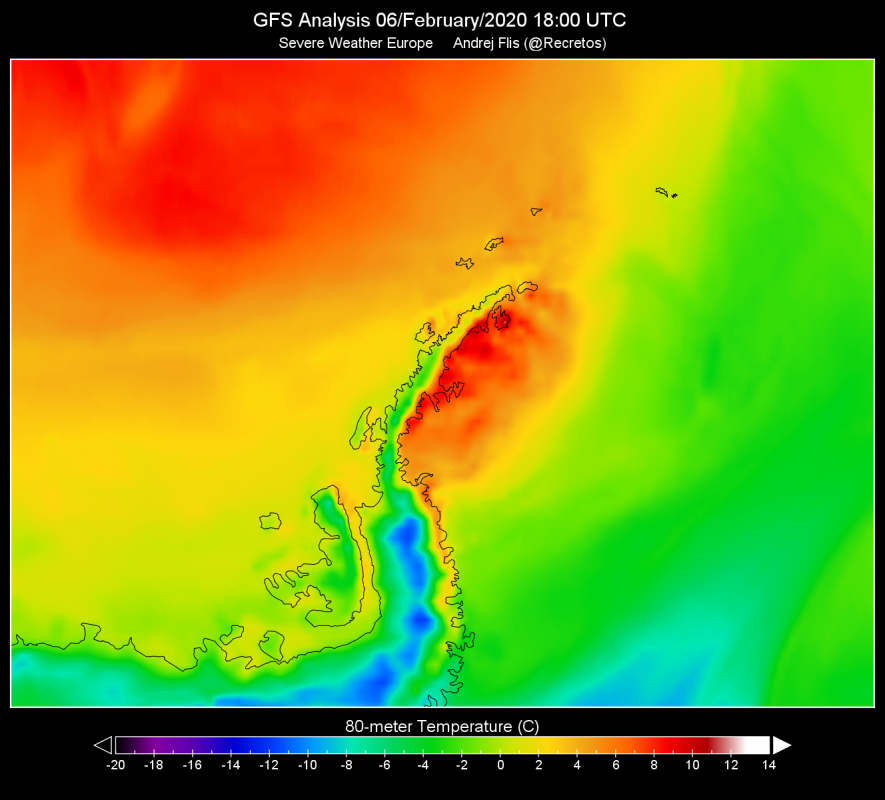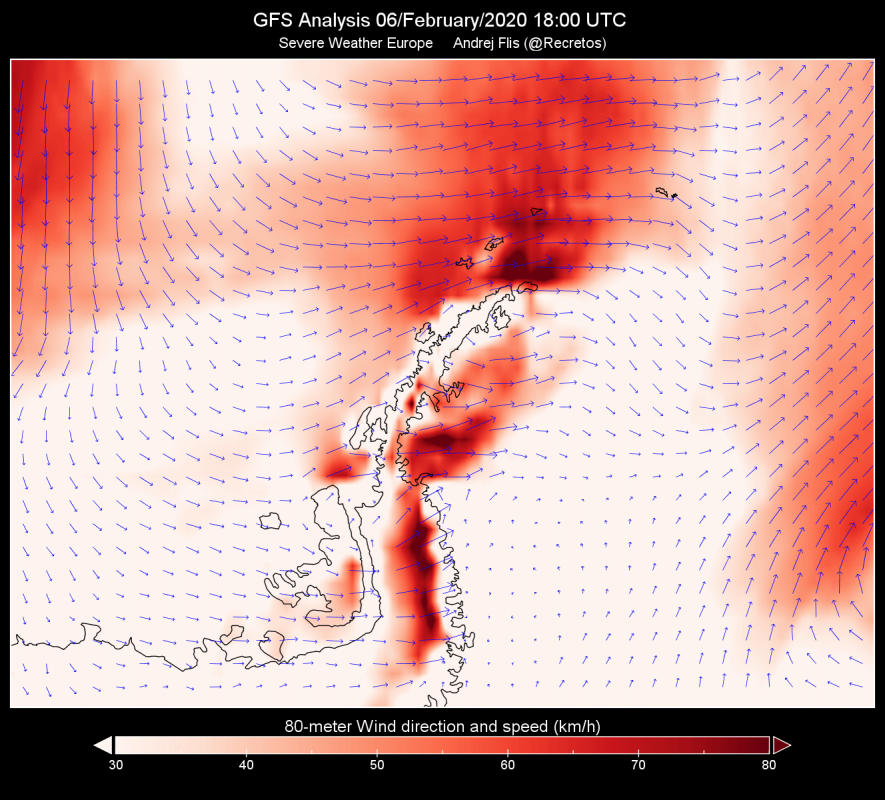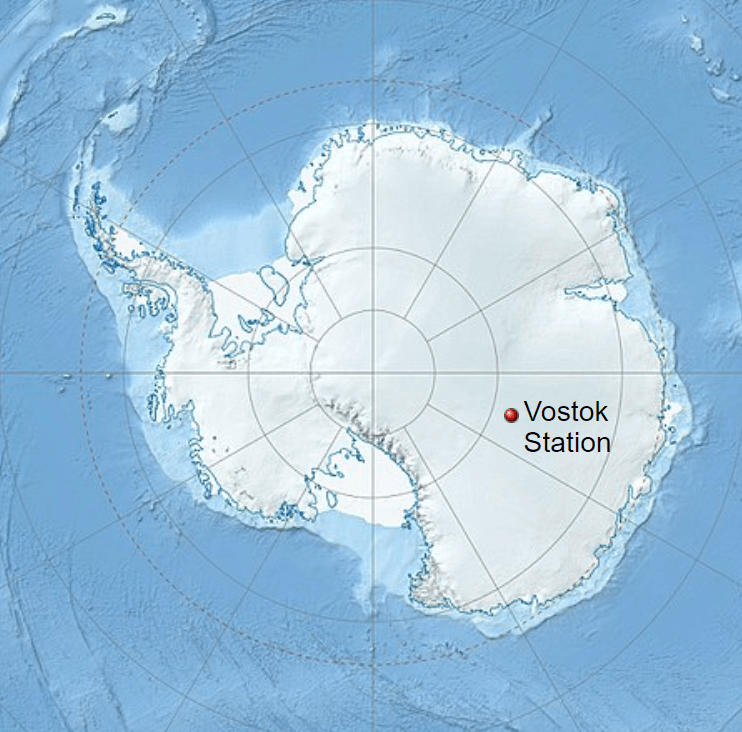Antarctica is the coldest place on Earth. But you would be surprised to know, that it has its warm spots too, and one of those just recorded the highest temperature ever measured on the Antarctic continent.
The continent of Antarctica has experienced its warmest temperature on record, reaching 18.3°C (65°F) on the Argentine station Esperanza, situated on the Antarctic peninsula. This reading beats the previous Antarctic record by 0.8°C, which was set in March 2015, measuring 17.5°C (63.5°F), according to the station data. Below is the station report from Ogimet, which shows the maximum temperature recorded.
Absolute record highest temperature for the Antarctic region (defined as all land and ice south of 60 degrees latitude) is 19.8°C (67.64°F), recorded on the Signy Island in January 1982. But that station is not an actual part of the main Antarctic continent like the Esperanza station. This station is located on the northern tip of the continent’s peninsula, which points towards South America.
There is still warm advection ongoing across part of the continent. The very warm temperatures on the tip of the Antarctic peninsula also occur with the help of south winds, which warm the air via the foehn effect. Foehn effect is when air passes over mountains, causing the valleys on the downwind side (‘lee’ side) commonly experience strong and gusty downslope winds accompanied by abrupt warming and drying. This can have a substantial and widespread warming effect. We can see on the graphic below, how the warmer air is located on the “lee” side of the Antarctic peninsula.
On the first graphic below, we can see the temperature analysis from the GFS model, over the Antarctic peninsula. It is obvious right away that there is a “warm pool” developing in the lee side of the mountain range, due to the foehn effect, as the winds blow downslope. Model analysis like this one from GFS, is not able to show/detect the specific points of temperature maximums. But it does nicely capture the process that can create these temperature spikes. The second graphic shows the terrain relief, where we can see the mountain range, which is a key aspect in creating the warming/drying downslope foehn effect. The third graphic is the wind analysis, which shows the prevailing wind direction, exactly matching the expected pattern to create the warming foehn effect. Winds blow directly onto the mountain range, rising and cooling, and then the air flows downslope on the other side of the mountain range, warming as the pressure increases.
But, while having these warm spots, Antarctica is the coldest place on Earth. The lowest natural temperature ever directly recorded at ground level on this planet is −89.2°C (−128.6°F). It was measured at the Soviet Vostok Station in Antarctica on 21 July 1983 by ground measurements.
https://twitter.com/WMO/status/1225521442332254210
We will keep you updated on any important further development. While you wait for more updates, don’t miss the latest data, which shows January 2020 was the warmest January globally on record!
